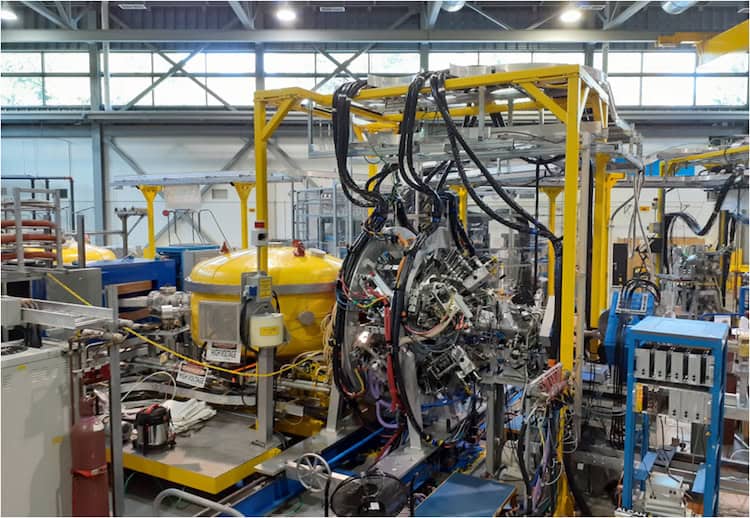Physicsworld
1M
26

Image Credit: Physicsworld
Helium nanobubble measurements shed light on origins of heavy elements in the universe
- Physicists from the University of Surrey in the UK conducted new measurements by smashing high-energy protons into a uranium target to shed light on the origin of heavy elements in the universe.
- The measurements involved generating strontium ions and accelerating them towards a helium-filled target to study nuclear reactions, potentially aiding in the improvement of nuclear reactors.
- The origin of elements beyond iron in the periodic table is a mystery in nuclear astrophysics, with the rapid (r) and slow (s) processes being key factors in their formation.
- The r-process, occurring during violent astrophysical events like supernovae and neutron star mergers, involves capturing neutrons before they undergo beta-minus decay.
- Observing older stars helps study the r-process, revealing a potential weak component responsible for elements with atomic numbers ranging from 37 to 47.
- The weak r-process may occur in scenarios like neutrino-driven winds from supernovae, involving (alpha,n) reactions that affect final abundance patterns.
- Researchers studied the 94Sr(alpha,n)97Zr reaction to understand how (alpha,n) reactions impact abundance patterns in radioactive isotopes near stability.
- Using a nanomaterial target containing helium nanobubbles enabled measurements of helium burning reactions with radioactive beams for the weak r-process.
- The team's findings may help reveal the source of the weak r-process reactions, whether from supernovae winds or ejected materials from neutron star mergers.
- Understanding these reactions not only sheds light on heavy element origins but also aids in the design of nuclear reactor components for enhanced performance and longevity.
Read Full Article
1 Like
For uninterrupted reading, download the app